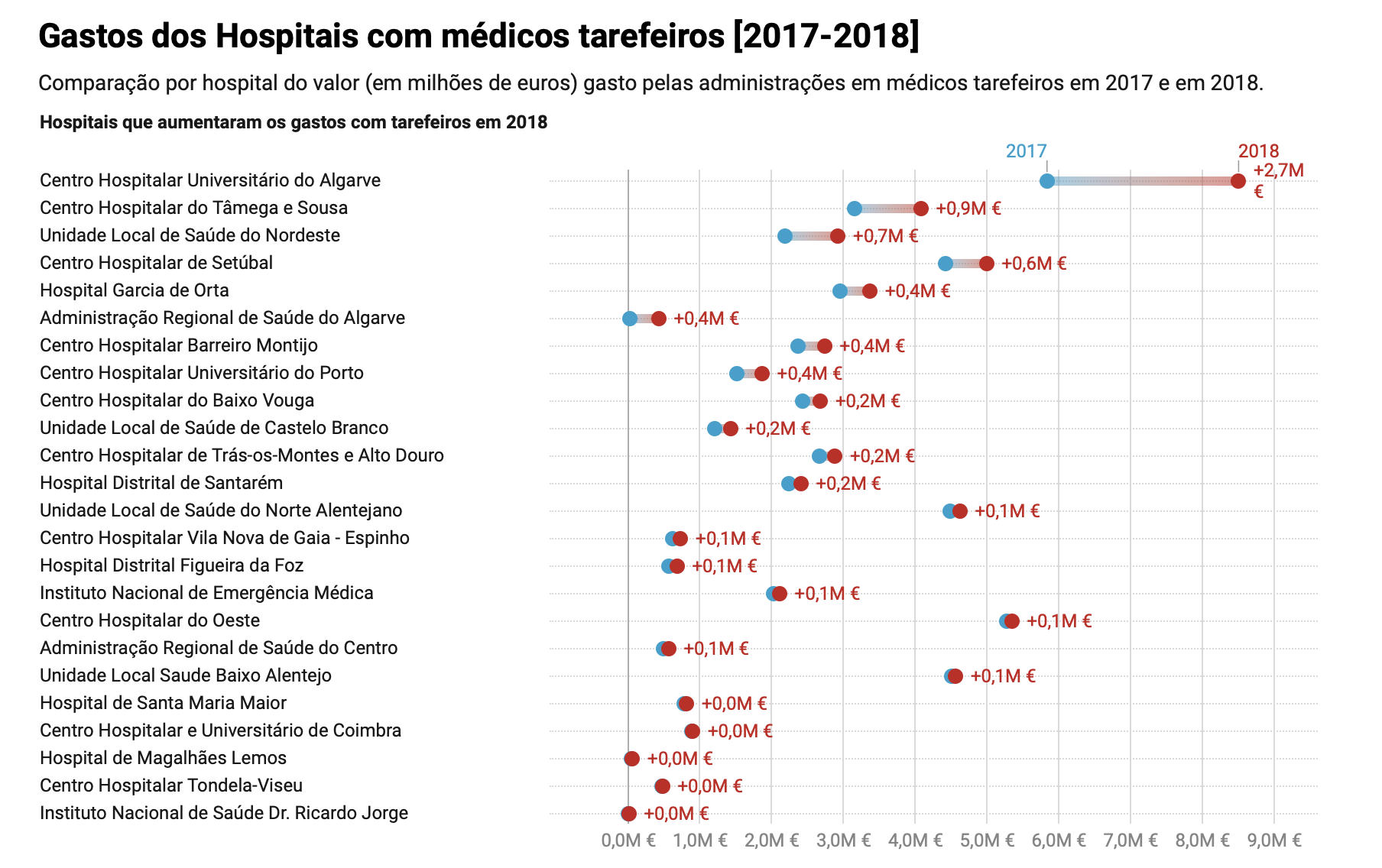http://graphics.chicagotribune.com/chicago-public-schools-sexual-abuse/
Series investigated how students were raped, sexually abused by teachers, coaches and other support staff.
They began with a series of quick hit statements with a map of the city of Chicago that began to populate
At Simeon Career Academy, a young track star was raped 40 times by a coach.
At Black Magnet Elementary, a substitute teacher sent a 14-year-old girl obscene texts and kissed her.
At Taft High School, a student reported that a security guard and track coach groped her during practice.
Over a decade, police investigated more than 520 cases of juvenile sexual assault and abuse in Chicago’s public schools.
Hundreds of students were harmed, the Tribune found. No area of the city was spared. (With that statement red dots fill the map.
START OF STORY:
They were top athletes and honor-roll students, children struggling to read and teenagers seeking guidance.
But then they became prey, among the many students raped or sexually abused during the last decade by trusted adults working in the Chicago Public Schools as district officials repeated obvious child-protection mistakes.
Their lives were upended, their futures clouded and their pain unacknowledged as a districtwide problem was kept under wraps. A Tribune analysis indicates that hundreds of students were harmed.
Drawing on police data, public and confidential records, and interviews with teens and young adults who spoke out, a Tribune investigation broke through the silence and secrecy surrounding these cases and found that:
When students summoned the courage to disclose abuse, teachers and principals failed to alert child welfare investigators or police despite the state’s mandated reporter law.

Questioned again and again
Reporting a teacher's kiss and touch turned into an ordeal for a 14-year-old freshman
Even in cases where school employees acted swiftly, they subjected young victims to repeated interrogations, inflicting more psychological pain and defying basic principles intended to preserve the integrity of an investigation.
Ineffective background checks exposed students to educators with criminal convictions and arrests for sex crimes against children. And CPS failed to disclose to other districts that past employees had resigned after investigators found credible evidence of abuse and harassment.
Whether the sexual attacks were brutal rapes, frightening verbal come-ons or “creepy,” groping touches, the students often felt betrayed by school officials and wounded for years.
The data gave context to who this was happening to, why it was happening and who needed to be held accountable.
They also created a searchable database:
Search the crime data
Enter a public school’s name to see if the Chicago Tribune identified a Chicago police investigation of sexual assault or abuse involving a child inside that building from 2008 through 2017. Reporters confirmed more than 500 such cases. Schools with no confirmed reports will not appear.
